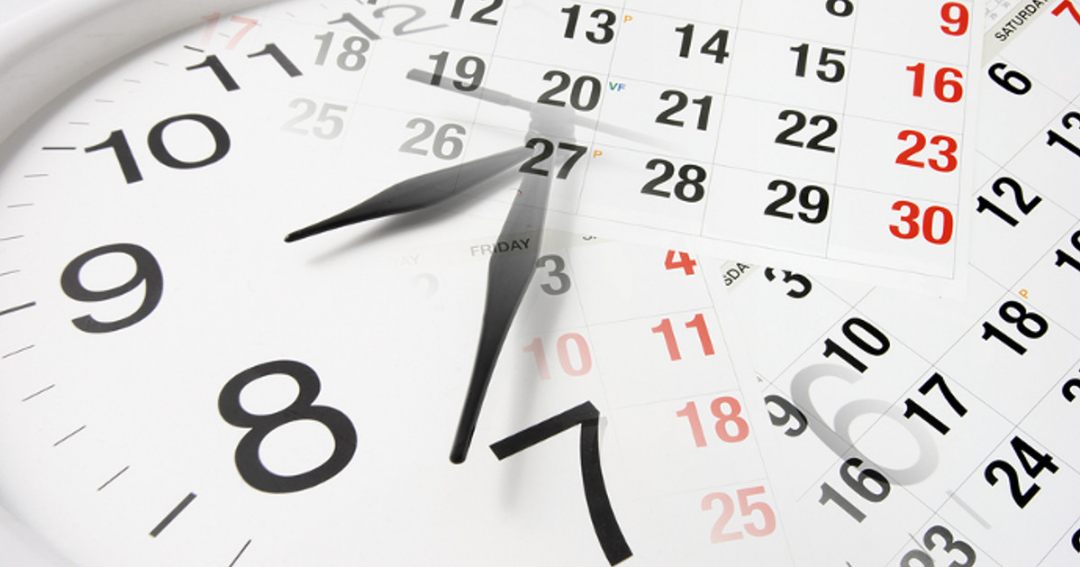Using a calendar to schedule meetings, appointments, and other commitments is one of the simplest ways to keep your day-to-day life organized. But in order to excel at time management, you should consider adding some creative elements to your calendar strategy. Keep in mind that although digital calendars have become the norm in the era of the internet and smartphones, some people still work best by having a physical printed calendar. Below are five tips for how to personalize your calendar and help stay on top of everything going on in your life.
Contents
Use Color Coding for Categories
Not all items on a calendar are created equal. You’ll likely find that events fall into several broad categories, including work, family, doctor’s appointments, and more. When setting up a personal calendar, identify your key event groups and then use a different color for each. This will make it easier to browse your calendar at a glance and understand which types of commitments you have coming up in the next week.
You can even find a free printable calendar online and add color coding directly on your computer. Avoid using yellow or other colors that can be difficult to read, and also try to limit your categories to a maximum of five. Any more than that will make the calendar too cluttered and take too much effort to maintain.
Add Annual Events
Most calendars will automatically include the basic holidays of your home country and other global events. However, it’s important to personalize your calendar with other significant occasions that occur on a yearly basis. These types of annual events may include birthdays, local holidays, community activities, and family reunions.
By adding these events to your calendar ahead of time, you can plan for them appropriately and avoid forgetting them. The easiest thing to do is to look at your previous year’s calendar and find all of the activities that are likely to occur again in the new year. Transfer these over to your new calendar and use a special color or symbol to designate them.
Use Countdown Numbers
If you or your family members struggle with procrastination, you may want to personalize your calendar with countdown numbers. For example, you might have a work or school deadline at the end of the month and put 15 days of numbers on the calendar before it. This will help to remind you of how much time remains before the deadline and may inspire you to keep on track. Be sure to only track one countdown event at a time, otherwise the additional numbers may create too much confusion on your calendar.
You can also use your personalized calendar to track progress toward a certain goal or streak. This can come in handy for New Year’s resolutions like exercising every day or quitting smoking. You can place a checkmark or other symbol to indicate each day that you meet your goal or keep your streak alive. Using this approach will help with your time management skills, as it serves as a reminder to devote part of your day focused on that goal.
Block Out Vacation Time
Vacations typically require a great deal of planning far in advance. To help you with it, try blocking out potential travel weeks on your calendar as early as possible. This will help to ensure that you avoid new commitments during those time ranges and avoid conflicts as much as possible. Once your vacation has officially been booked, keep a close watch on the days before and after the scheduled trip. Make sure to leave yourself time to pack ahead of time and recover afterwards, especially if you are traveling overseas.
Flight times are a critical piece of information to include on your calendar. But rather than simply listing what time your flights depart, you should plan ahead and determine exactly what time you need to arrive at the airport. This will help to avoid hassle on the day of the flight and ensure you do not have to rush at the last minute.
Personalized calendars work best when they are integrated with the rest of your immediate family. That way, your spouse and children can all be aware of upcoming commitments, even if they are not directly involved in all of them. Set up a routine of reviewing the family calendar each night, so that everyone can discuss important events coming up in the next week. This can help for coordinating pick-up times and resolving any potential scheduling conflicts. Let your children write their own events on the calendar to get them more involved in the activity and emphasize the importance of time management. Keep the calendar as an artifact at the end of the year and spend some time looking through it to remember all that was accomplished.


